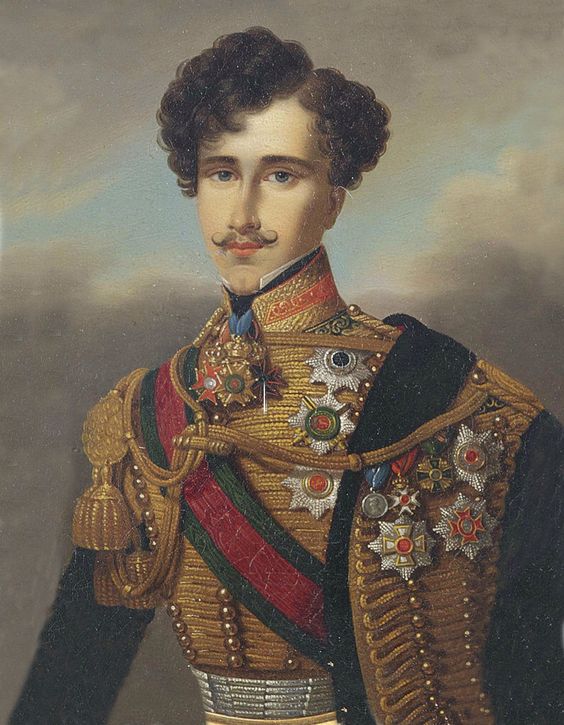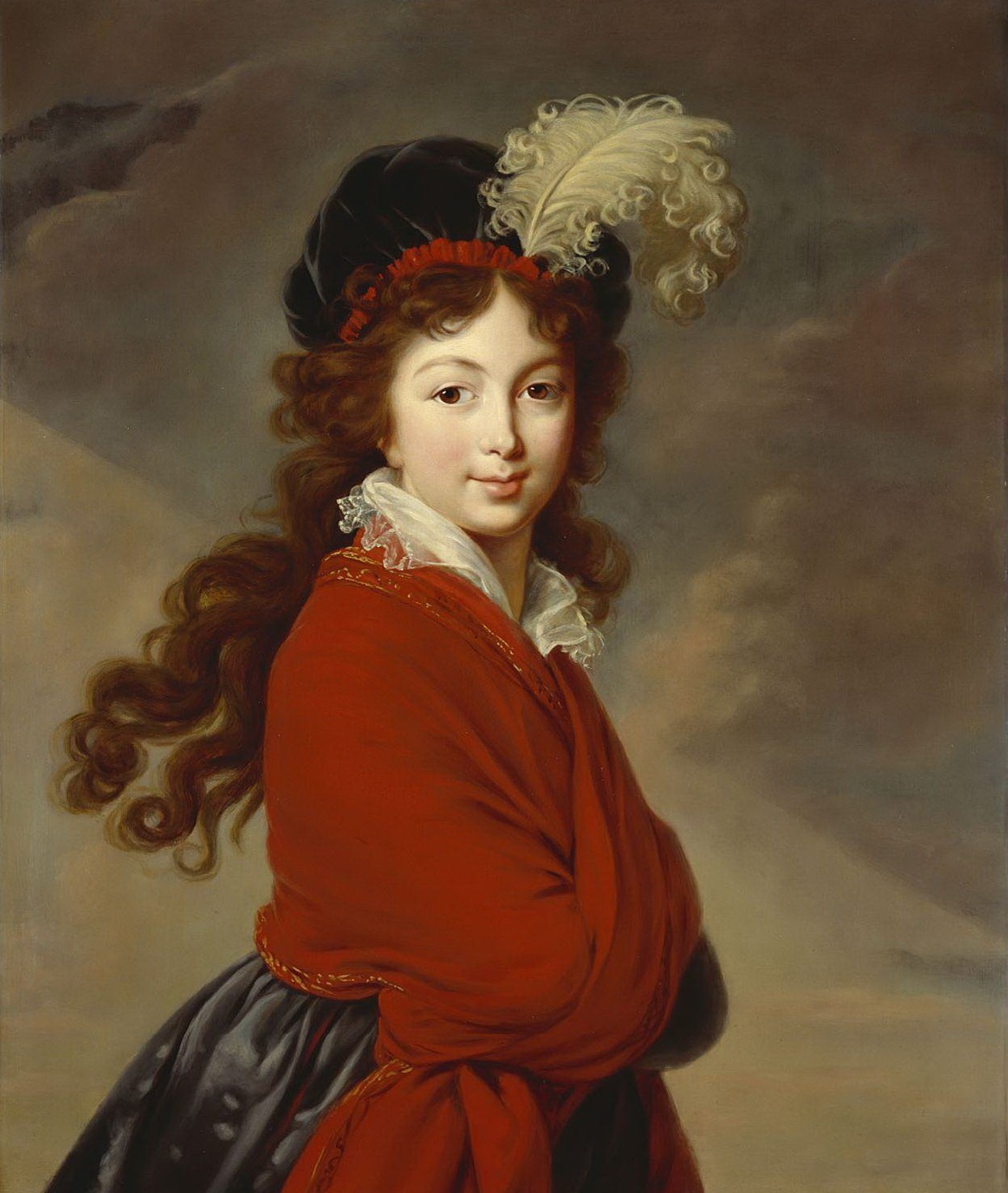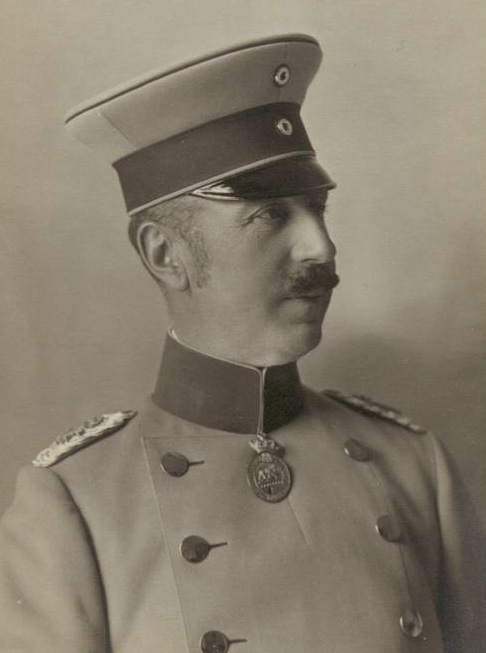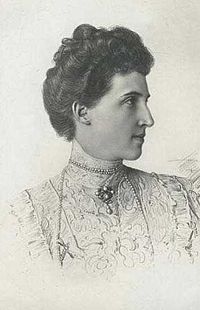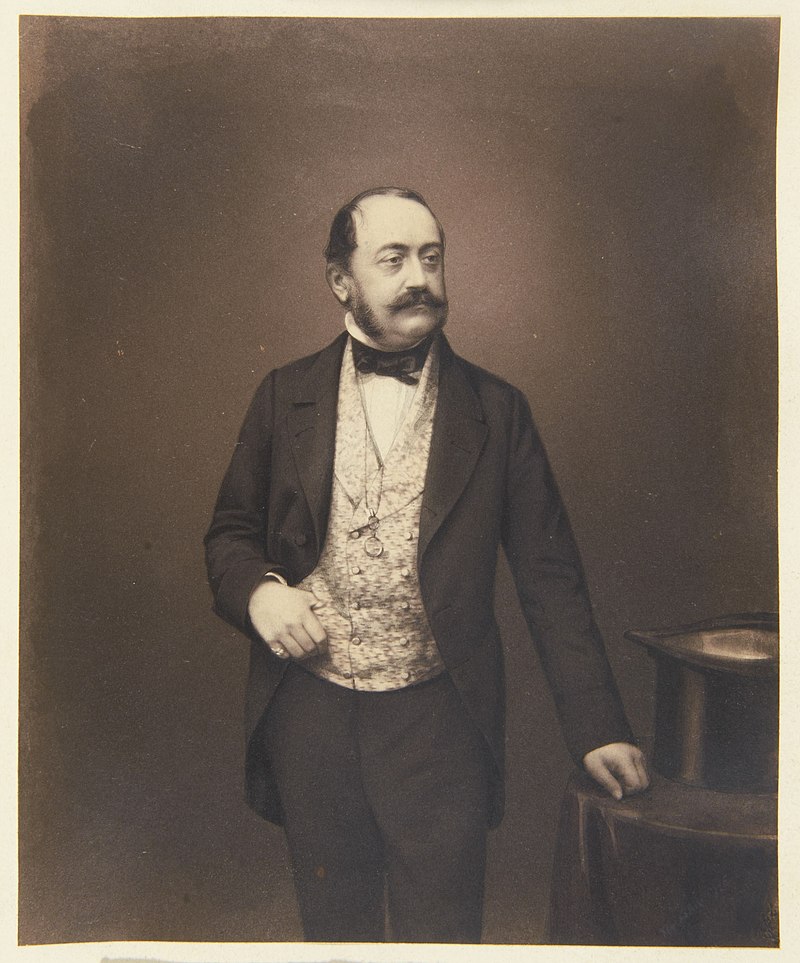by Scott Mehl © Unofficial Royalty 2018
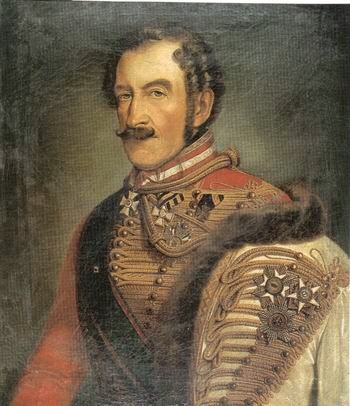
Prince Ferdinand of Saxe-Coburg and Gotha; Credit – Wikipedia
Prince Ferdinand of Saxe-Coburg and Gotha
Prince Ferdinand of Saxe-Coburg and Gotha was an uncle of Queen Victoria of the United Kingdom, father of King Ferdinand II of Portugal, and the founder of the Catholic cadet branch of the House of Saxe-Coburg and Gotha. Born Prince Ferdinand Georg August of Saxe-Coburg-Saalfeld on March 28, 1785, in Coburg, Duchy of Saxe-Coburg-Saalfeld, now in Bavaria, Germany, Ferdinand was the second son of Franz Friedrich Anton, Duke of Saxe-Coburg-Saalfeld and Countess Auguste of Reuss-Ebersdorf, and had eight siblings:
- Sophie (1778 – 1835), married Emmanuel, Count von Mensdorff-Pouilly, had six sons
- Antoinette (1779 – 1824), married Alexander of Württemberg, had four sons and one daughter
- Juliane (Grand Duchess Anna Feodorovna after marriage) (1781 – 1860), married Grand Duke Konstantine Pavlovich of Russia, no issue, marriage annulled in 1820; had two illegitimate children
- Ernst I, Duke of Saxe-Coburg-Gotha (1784 – 1844), married (1) Princess Louise of Saxe-Gotha-Altenburg, had two sons, Ernst II, Duke of Saxe-Coburg and Gotha and Prince Albert, husband of Queen Victoria; married (2) Duchess Marie of Württemberg, daughter of his sister Antoinette, no issue; had three illegitimate children
- Victoria (1786 – 1861), married (1) Emich Carl, 2nd Prince of Leiningen, had two children (2) Prince Edward, Duke of Kent, had one child Queen Victoria
- Marianne Charlotte (1788 – 1794)
- Leopold I, King of the Belgians (1790 – 1865), married (1) Princess Charlotte of Wales, only child of George, Prince of Wales (King George IV), died in childbirth along with her son (2) Princess Louise of Orléans, had three sons and one daughter including Leopold II, King of the Belgians and Charlotte, Empress Carlota of Mexico
- Franz Maximilian Ludwig (1792 – 1793)
Ferdinand’s military career started in 1791 when he was just six years old. He was commissioned as a Lieutenant in the Austrian Imperial Army, serving in a Dragoons Regiment. Over the next thirty-seven years, he served with several different regiments and saw battle in the Wars of the Fifth and Sixth Coalitions, the Battle of Kulm, and the Battle of Leipzig. By the late 1820s, he had reached the rank of General of the Cavalry.

Princess Maria Antonia Koháry de Csábrág et Szitnya; Credit – Wikipedia
In Vienna on November 30, 1815, Ferdinand married Princess Maria Antonia Koháry de Csábrág et Szitnya, the daughter of Ferenc József, Prince Koháry de Csábrág et Szitnya and Countess Maria Antoinetta Josefa of Waldstein-Wartenburg. Although Ferdinand remained Lutheran, the couple married in the Catholic Church, with the condition that they would raise their children Catholic. They had four children:
- King Ferdinand II of Portugal (1816 – 1885) – married (1) Queen Maria II of Portugal, had issue; (2) Elisa Hensler, no issue
- Prince August (1818 – 1881) – married Princess Clémentine of Orléans, had issue, including Tsar Ferdinand I of Bulgaria
- Princess Victoria (1822 – 1857) – married Louis, Duke of Nemours, had issue
- Prince Leopold (1824 – 1884) – married Constanze Geiger, had issue

The Palais Coburg in Vienna, 2014. photo: Von Buchhändler – Eigenes Werk, CC BY-SA 3.0, https://commons.wikimedia.org/w/index.php?curid=33246568
Ferdinand’s wife was the sole heiress to her father’s vast fortune, which she inherited upon his death in 1826. Ferdinand took over the management of the Koháry estates, which comprised of over 150,000 hectares of land in Austria, Hungary, and Slovakia, and included numerous estates, forests, mines, and factories. At the time, Ferdinand also converted to Catholicism and founded the Koháry branch of the House of Saxe-Coburg and Gotha. He oversaw the construction of the Palais Coburg in Vienna, Austria in the early 1840s, which is used today as a five-star hotel.
Prince Ferdinand died in Vienna, Austria on August 27, 1851. He was buried in the Ducal Mausoleum in the Glockenberg Cemetery in Coburg, Duchy of Saxe-Coburg-Saalfeld, now in Bavaria, Germany.
This article is the intellectual property of Unofficial Royalty and is NOT TO BE COPIED, EDITED, OR POSTED IN ANY FORM ON ANOTHER WEBSITE under any circumstances. It is permissible to use a link that directs to Unofficial Royalty.

